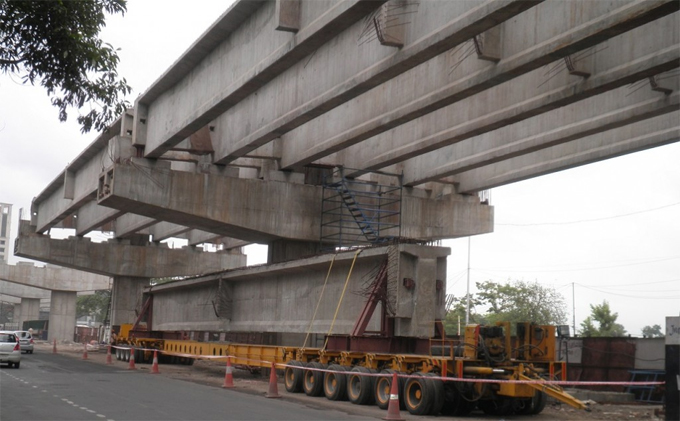
Benefits of piers built in monolithically
In an Integral Bridge system, piers are built up monolithically with the bridge deck. It provides the following benefits :-
The cost for replacing bearing for the maintenance of bridges is considered as a direct cost and it is a recurring expense for the building contractors. To get rid of this type of issue, the integral bridge systems should be implemented. If you look from design standpoint, extra stresses and requisite of diaphragms in transverse design is associated with bearing.
Movement of the bridge deck happens with the bending deformation of long and slender piers. Thus, the construction cost of bearings is significantly reduced with the monolithic construction developed between bridge deck and piers. Besides, it is not essential to employ additional effort to create design for drainage details and access for substituting bearing. Conversely, for the maintenance purpose, significant cost and time savings are possible with integral bridge construction rather than applying bearings as bridge articulation.
Monolithic construction contains the lowest effective Euler buckling length for piers as these are fixed supports at the interface amid bridge deck and piers.
Other Factors: To design two span integral bridges, temperature, creep and shrinkage, and other loads that develop longitudinal forces like seismic forces, are most vital factors. These forces cause extra moments on the central pier escalating the demand. It requires revolutionary design solutions like adoption arch systems which facilitate the bridge to breath up and down because of thermal actions. Inexact soil conditions and seismic zones make the design process more complicated. Integral Bridge design is useful for making efficient design of bridges.
Note: Monolithic construction signifies that piers are attached to the bridge decks devoid of any joints and bearings.

Ref: civildigital.com

